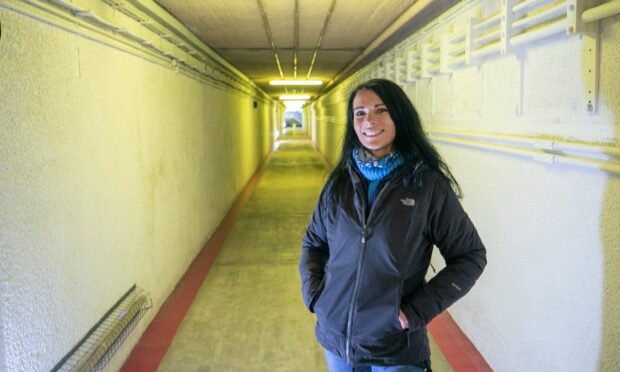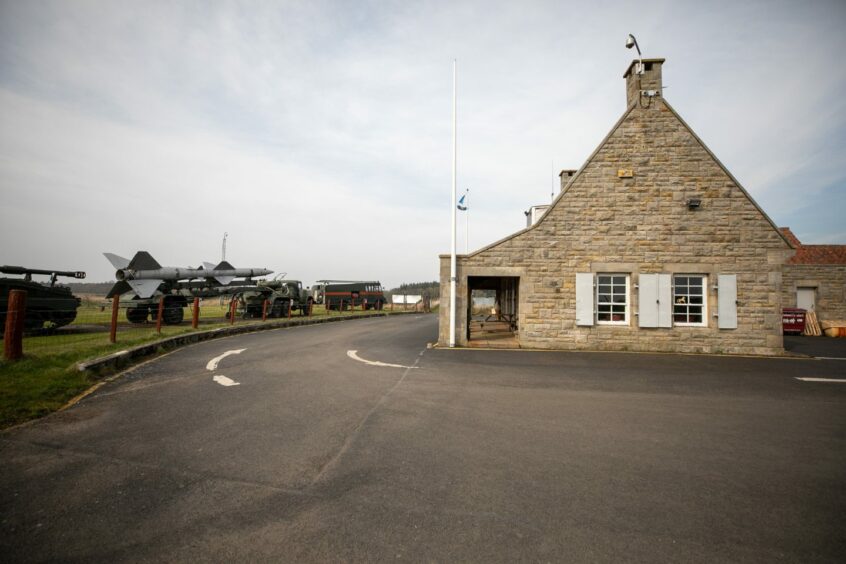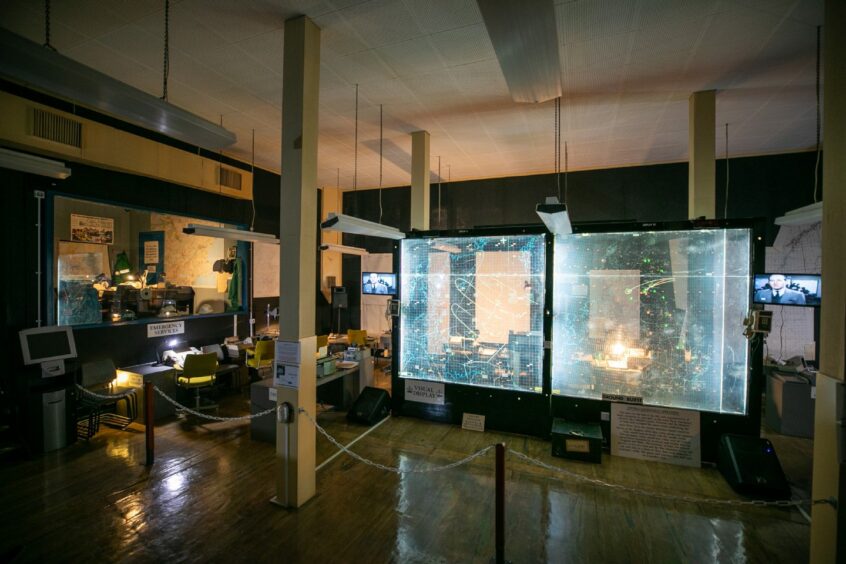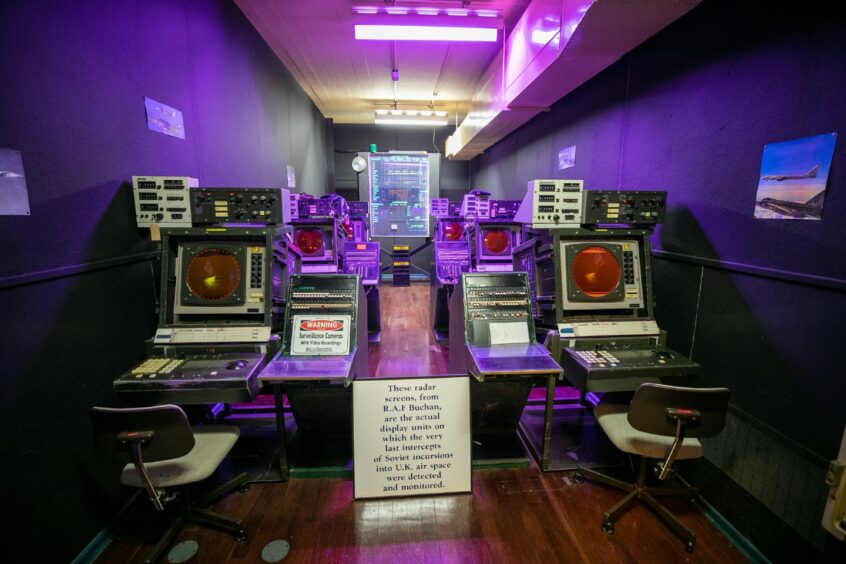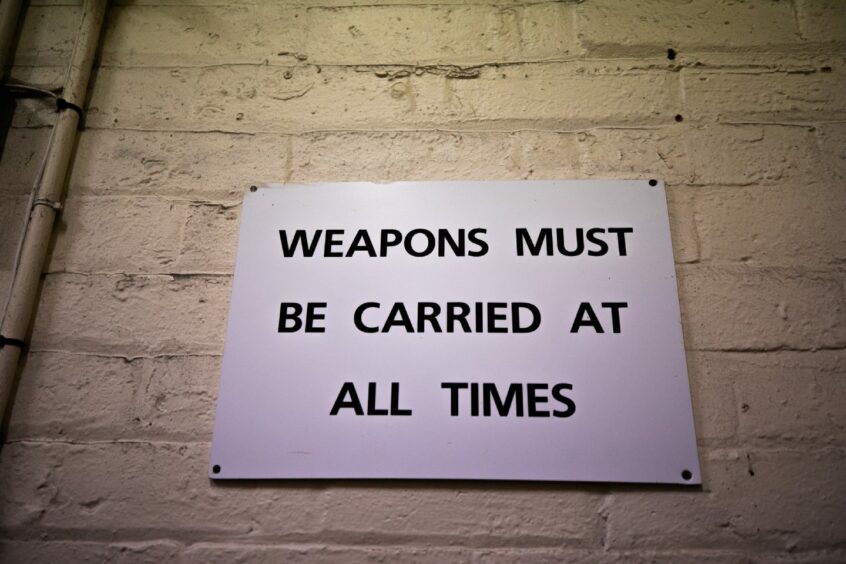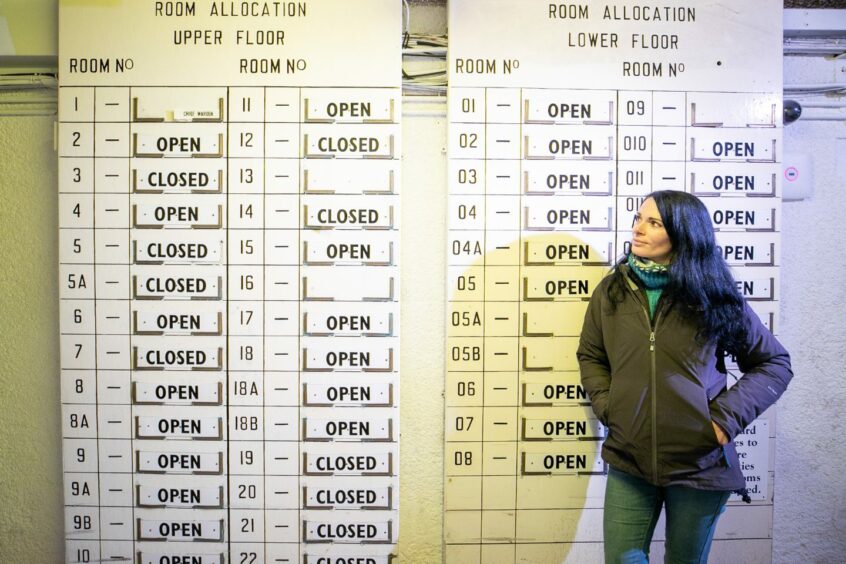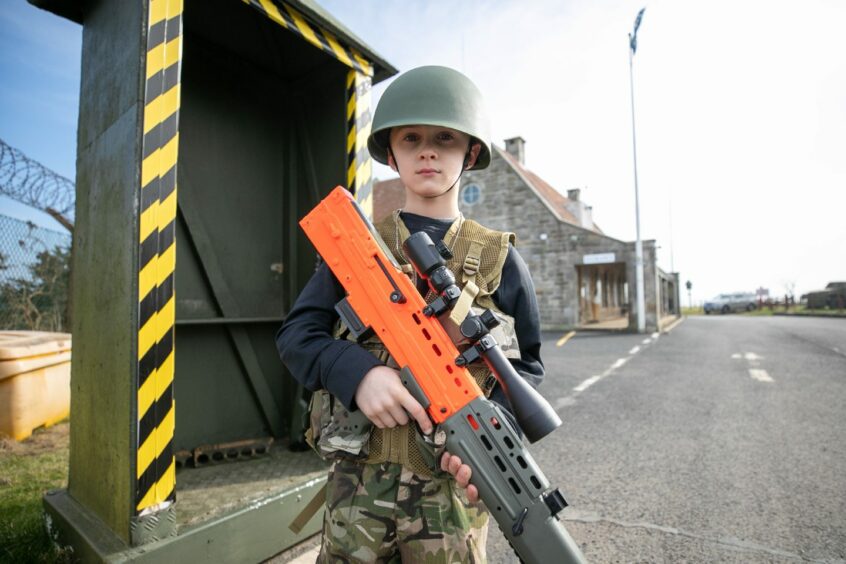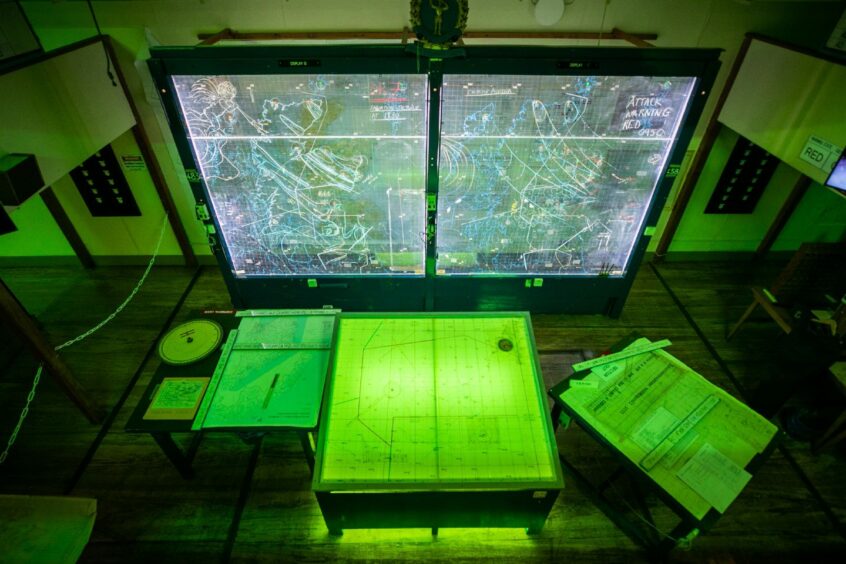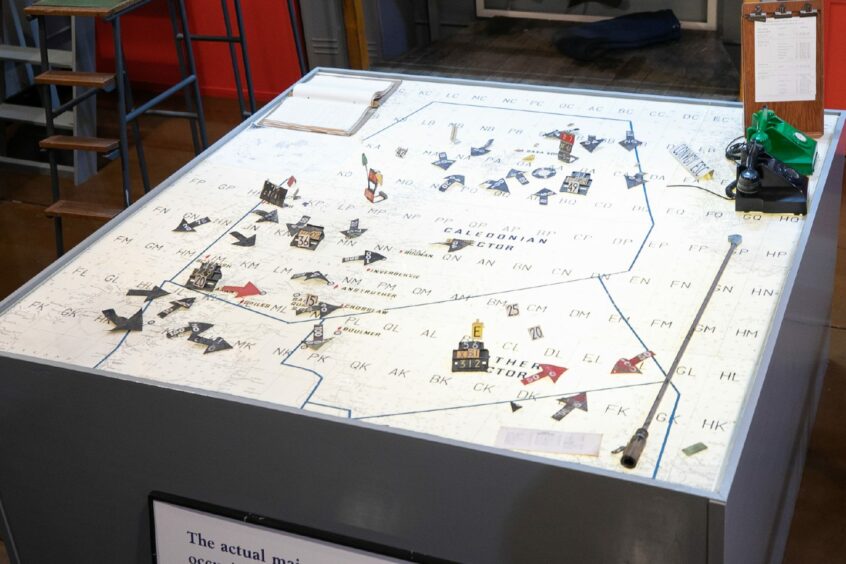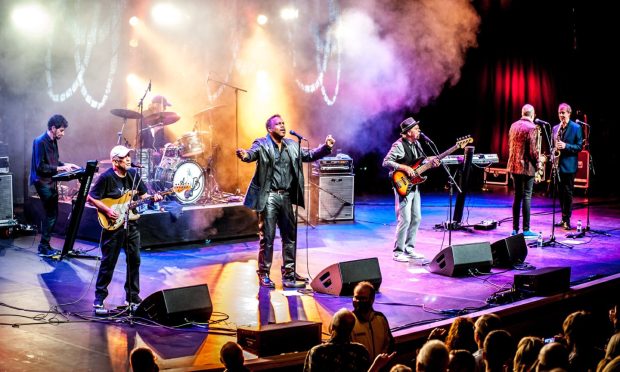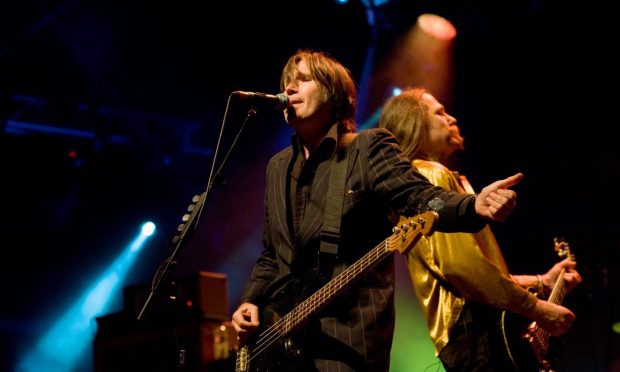Gayle pays a visit to an eerie underground relic of the Cold War in Fife.
It might appear to be an innocent-looking farmhouse but it conceals something rather extraordinary – a nuclear bunker and command centre hidden 100ft underground.
Scotland’s Secret Bunker is around three miles from Anstruther at Troywood, sandwiched between fields and reached via an unassuming private road.
This amazing subterranean labyrinth occupies 24,000 sq feet – the size of two football pitches, one of top of the other – over two levels. A three-tonne hermetically-sealed blast-proof door protects the entrance to the bunker at the end of a 150ft-long tunnel.
Had there been a nuclear war, this is where Scotland would have been governed, from within. It was here that essential decisions would be made on how to care for the civilian population…after the bomb had dropped.
The bunker itself contains a command centre, dormitories for up to 300 people, plotting rooms, switchboard, canteen, chapel and a BBC broadcasting studio.
When it was constructed in 1953, in response to the threat of nuclear war with the USSR, it was used as a radar station and listening post to detect intrusions into British airspace from the East.
It was repurposed as a nuclear command centre in the 1970s before falling into disuse at the end of the 1980s following the fall of the Soviet Union.
It was decommissioned in 1992 but the following year the bunker was bought by James Mitchell who then opened it in 1994 as a tourist attraction.
Museum
I’ve been aware of its existence for years but, to my shame, had never visited until last week.
I met up with manager Marc McConnell for a chat before I plunged deep underground.
“The bunker has a mixed history,” he says.
“It was disguised as a farmhouse but secretly reinforced with concrete and steel girders. It was sited here, on the east coast, high on a hill, and with a good vantage point of the North Sea.”
This building concealed the access to the bunker and provided accommodation for security guards protecting it from prying eyes.
Its distinctive red roof tiles also helped it to blend with its agricultural surroundings, and after landscaping the site, there was little to give away the secret from above ground. The fact that even locals didn’t realise what was on their doorstep speaks volumes.
So who would have made use of the bunker, I wonder? Turns out it probably wouldn’t have been anyone like me; someone with a “normal” job.
Rather, says Marc, it would have been Scotland’s “top brass” – military and political figures, defence experts and other bureaucratic figures who would have governed from underground.
“There are a lot of ‘what ifs’ about the bunker and its use,” he muses.
“It was built so that in the event of a nuclear war, the ministers of state, the health secretary, all the emergency services, the treasury, the top MPs, the top people from the councils and the military would all come here. How long would they survive is another question we’re often asked. The answer is probably a few months if they had all the right provisions.”
Marc reveals there’s a sealed-off room full of tinned food – war rations from the early 1950s – including Spam, beans and Smash.
“There’s tonnes of it! The room is bone dry so the food will be edible, even after all these years.”
Popular attraction
Today the bunker is one of Scotland’s most popular military attractions, boasting a huge collection of Cold War era exhibits, including weapons, official documents and military vehicles.
It’s a fascinating place to explore, if a little eerie and claustrophobic.
Two cinemas play a selection of harrowing films about nuclear war and show footage from the bombing of Hiroshima.
As I explore, I bump into bunker super-fan Bobbie Rae. The seven-year-old has travelled here from New Cumnock in Ayrshire with his mum and has dressed up in army gear for the occasion. The huge grin on his face tells me he’s having a whale of a time.
How long would they survive is another question we’re often asked. The answer is probably a few months if they had all the right provisions.”
MARC MCCONNELL
The site is a brilliant place to discover how Scotland would have governed in the event of a nuclear war, and given the current situation with Russia and Ukraine, it’s a fascinating time to visit.
Authentic
Carefully curated with original equipment, furniture and technology (it was briefly put into storage at RAF Leuchars in 1993 before being reinstalled in 1994 when James Mitchell bought it), it’s about an authentic an experience as you’ll get of the first line of defence during the Cold War up to the 1990s.
The site also hosts regular events such as “ghosts nights” during which paranormal investigators will creep around looking for spooks and spectres. Marc takes it all with a pinch of salt.
“I’ve never seen or heard anything; nothing’s bumped into me yet!” he laughs. It also hosts school and Scout group visits and once held a wedding.
There are two other sites in Scotland which are comparable to Fife’s secret bunker, with ex-PoW camp Cultybraggan near Comrie in Perthshire briefly realised as a regional government headquarters following the closure of Troywood.
It, too, succumbed to cost-cutting measures after the Cold War, and stopped being used by the military in 2004 and was sold to the Comrie Development Trust. It was transformed into a visitor attraction and while it’s been partially closed throughout the pandemic, it plans to reopen in April.
There’s also Barnton Quarry, west of Edinburgh. After RAF use in the Second World War was discontinued, it was renovated into a nuclear bunker before its identity was revealed in 1963. Plans are under way to transform it into a museum.
- For more details, see secretbunker.co.uk
